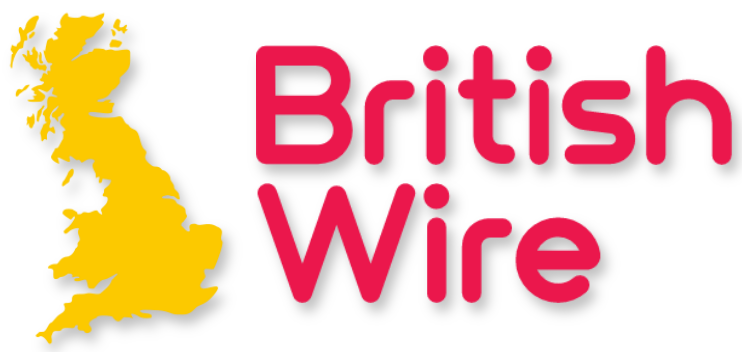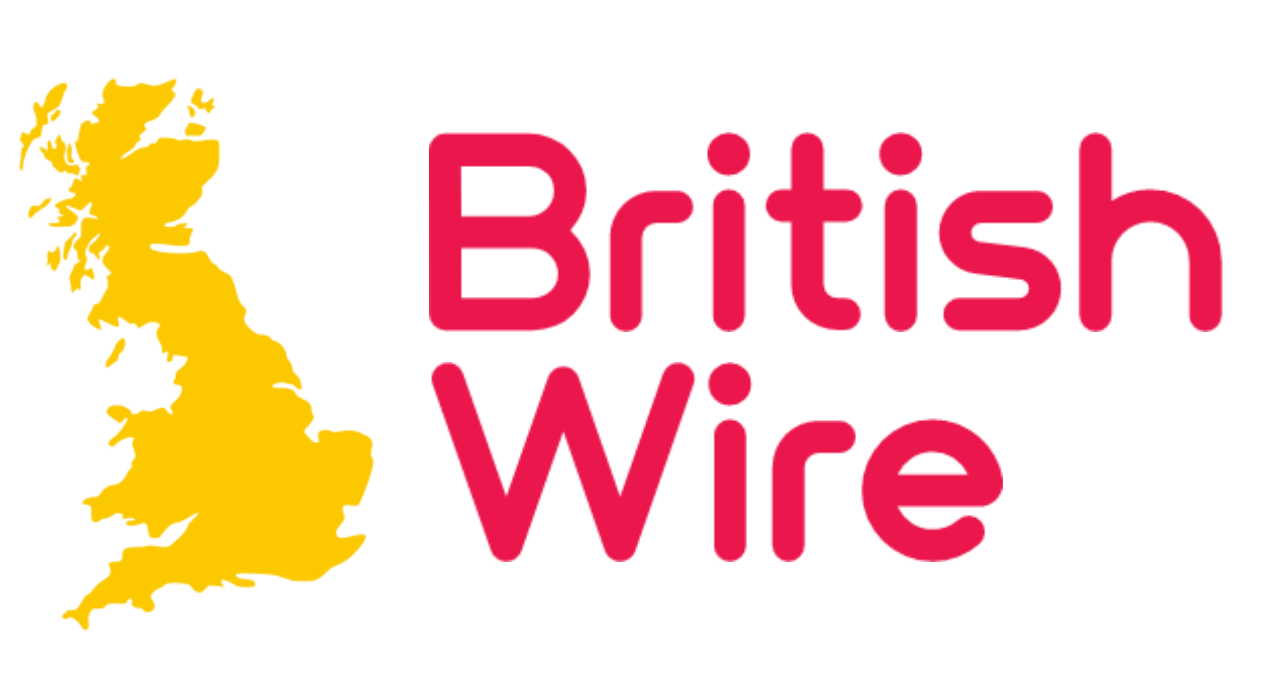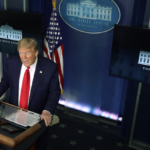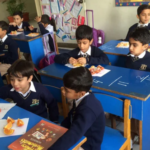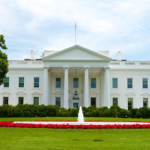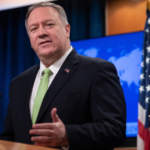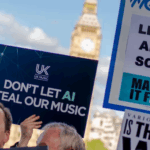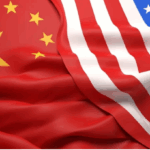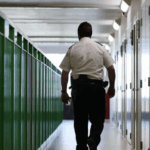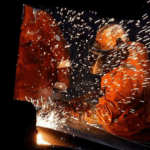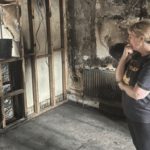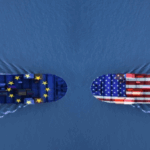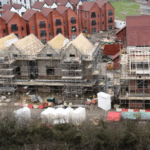OXFORDSHIRE — In the drawing room of a historic estate in rural Oxfordshire, an artist clad in dungarees is hard at work, her pen gliding across the canvas. The image that gradually emerges is an abstract self-portrait, but this is no ordinary artist; she is Ai-Da, the world’s first humanoid robot artist. Her very existence raises fundamental questions about the nature of art and the role of artificial intelligence in creative expression.
As Ai-Da meticulously creates, the art world grapples with a pressing dilemma: Will AI and robots like her herald the end of human creativity, or can they serve as tools to enhance it? The debate echoes back to early 20th-century artist Marcel Duchamp, who famously submitted a porcelain urinal as art, challenging conventional notions of artistic merit based on beauty or technical skill. Today, AI-generated works are similarly disrupting established norms, prompting a reevaluation of what constitutes art.
Philosopher Alice Helliwell from Northeastern University London contends that if controversial works like Duchamp’s urinal or Tracey Emin’s unmade bed are accepted as art, then pieces created by generative algorithms cannot be dismissed. “Historically, the definition of art has evolved,” Helliwell notes. “It’s difficult to argue that a urinal can be art, but art produced by a generative algorithm cannot.”
Throughout history, significant artistic movements have reflected societal concerns, much like the rise of Ai-Da, whose creation embodies contemporary anxieties surrounding AI’s impact on employment and creativity. Aidan Meller, a gallerist and Ai-Da’s co-creator, emphasizes that she personifies these fears about job displacement and potential robot domination.
However, many argue that AI does not signify the end of art but rather a new beginning. Mathematician Marcus du Sautoy from the University of Oxford believes AI can reinvigorate human creativity. “AI might help us to stop behaving like machines and kick us into being creative again,” he asserts, suggesting that these technologies can serve as powerful collaborators in the artistic process.
Historically, technological advancements like photography were once feared as threats to traditional artistry. Yet, photography ultimately catalyzed the modern art movement, enabling artists to explore abstraction and new forms of expression.
As I tour Ai-Da’s creations, I encounter unsettling busts, her eyes sealed shut, and vivid pop-art portraits inspired by Glastonbury headliners. Unlike many text-to-image generators, Ai-Da’s process integrates the cameras in her eyes, allowing her to capture novel images that feed into her algorithm, resulting in unique works that diverge from human-generated datasets. This raises a critical question: Does this make Ai-Da creative in her own right, or does authorship belong to the artists whose work influenced her training and the programmers who developed her code?
As the debate over AI and artistry continues, Ai-Da stands as a testament to the evolving relationship between technology and creativity, inviting us to reconsider what it means to be an artist in the modern world.

